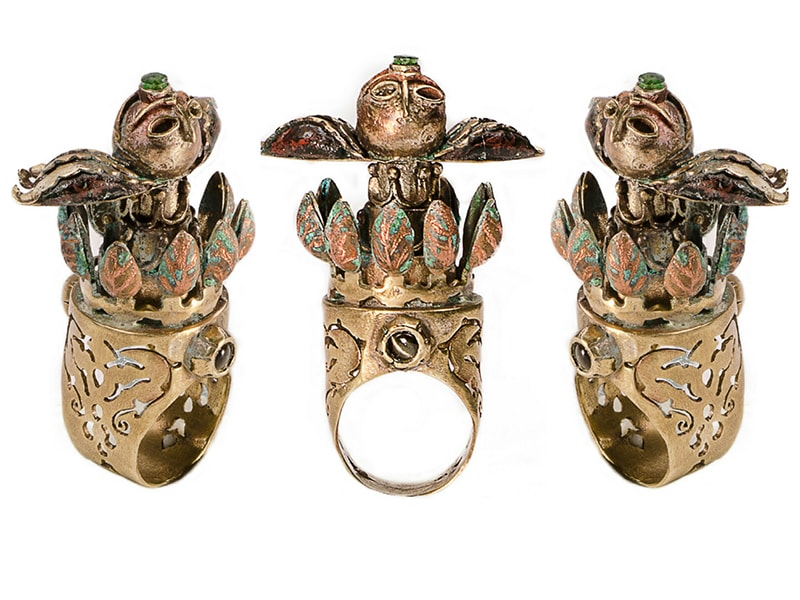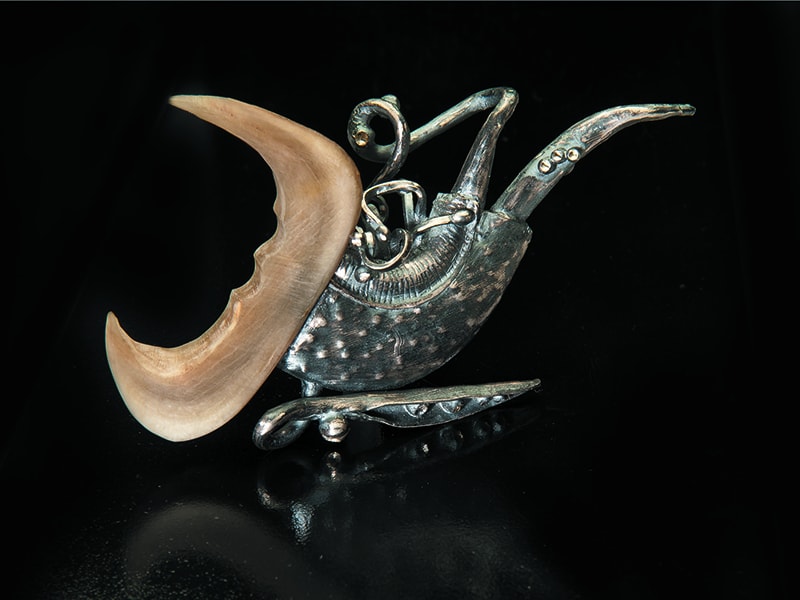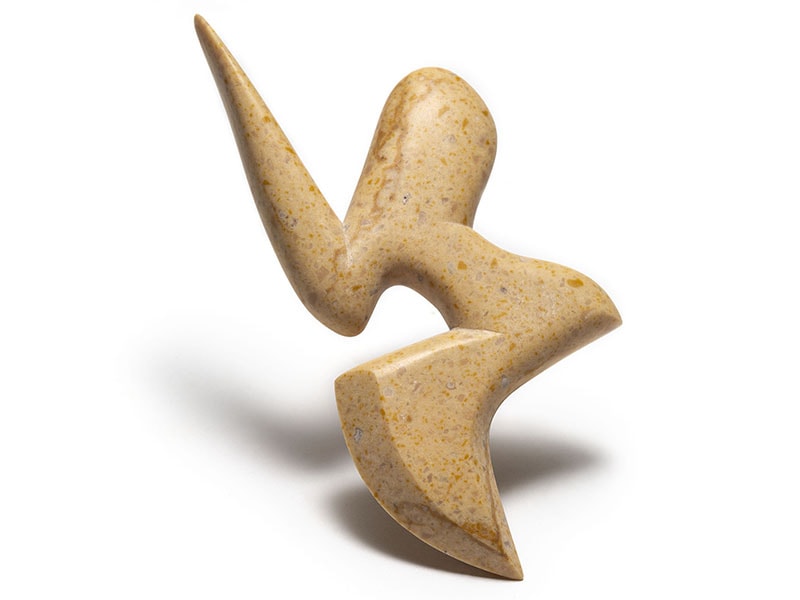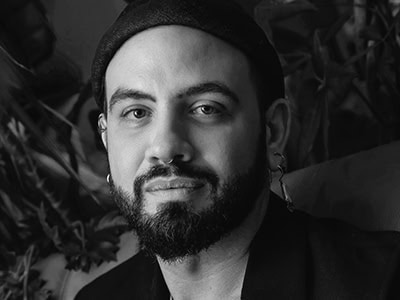The work of a gallerist can sometimes be a thankless one for its hidden labor. This is often someone fueled by a passion for the field, coming to run a gallery as a maker, a collector, or an enthusiast.
To be at the fair during Munich Jewellery Week involves a large commitment. You arrive days prior, to sort customs and set up. You’re present in your booth and open 9 a.m.–6 p.m. You come early and leave late. There’s a sprint at the end of the final day to wrap, crate, and log all works to be transported back as the carpet is literally pulled up from under you. (Though some stay for days after to make proper arrangements and to double-check proper packing and correct paperwork.) This intense time is exhausting but also allows for friendly banter and sharing of the strange, hard, and sometimes absurd processes along the way.
Each gallery encounters its own hurdles, but a clear thread is the cost, the labor, and the time. As with many fairs, there is an investment to show regularly to build relationships and familiarize attendees with work that they may have never seen before. The process is truly a labor of love and a passion for the field.
Frame is a specific designated area in the Internationale Handwerksmesse, the fair that hosts the Schmuck exhibition. It’s for functioning galleries to bring works of artists they represent, and requires an application to participate in. This year I took notice of the new and recently new galleries at Frame. They all came from outside the European Union, which creates additional challenges with customs. I wanted to get a better understanding of the motivation and investment to get to Munich for Schmuck and to highlight what they uniquely bring to enrich the diversity of makers and works seen at the fair.

ARIA GALLERY, TEHRAN, IRAN, FIRST TIME IN ATTENDANCE
What made you decide to show at Frame during Schmuck?
Considering that the works of contemporary Iranian jewelers had not been displayed in Frame until now, and we were the only gallery that ventured into this in a focused and specialized manner during the past years, we decided to introduce some of these works to artists, collectors, and enthusiasts.
What did you do to prepare?
Initially, we reached out to the executive department of Handwerk & Design via email, attaching the portfolio of the collection, which received a lot of attention. Given that Aria’s contemporary jewelry department has been active since 2016, we have a wide range of works available.
Is there anything you would recommend to other galleries that may be considering showing at Frame?
We recommend studying the event’s previous years to carefully select works that are relevant to the space and structure. Moreover, initiating the application process for participation in the event ahead of the registration period helps them get to know each other better so that they can participate in Frame with full preparation.
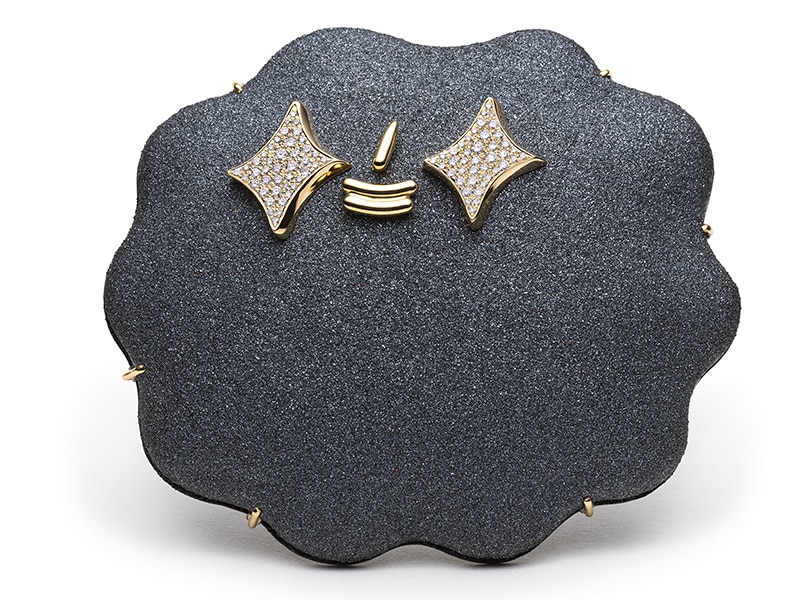
GALERIE NOEL GUYOMARC’H, MONTREAL, CANADA, THIRD YEAR ATTENDING
What makes your gallery and approach unique at Frame?
What makes it unique, whatever the gallery, is its choice of artists, its view of contemporary jewelry. Obviously, I want to present Canadian artists, little known by the European audience. Several have already been selected for Schmuck but did not have representative galleries. This year, two Canadian artists, Silvie Altschuler and Emily Lewis, have been selected. It was important to have a larger view of their work at Frame.
What are some of the challenges of being outside of the EU and bringing work and exhibition material to Germany?
It is always a challenge to ship works to Europe. Commercial invoices must be prepared for each shipment. I insure the transport of the works with my company. I It is expensive. For the presentation of the exhibition, several furniture and display rental companies are referred to us by the organizers.
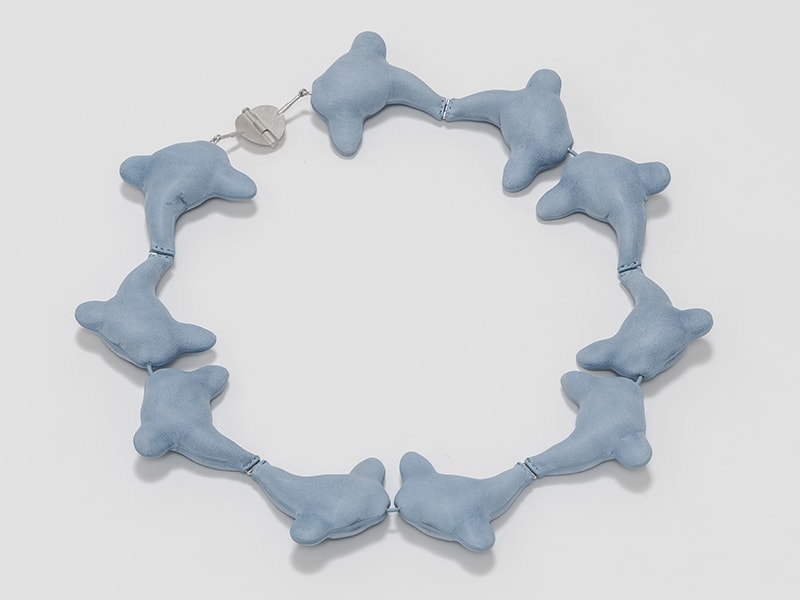
GALLERY O, SEOUL, KOREA, SECOND YEAR IN ATTENDANCE
What made you want to show at Frame during Schmuck?
Gallery O’s mission in Korea is to address what contemporary jewelry is, and in an international setting to present how Korean contemporary jewelry artists are today. As I present Korean artists during Schmuck, I present a group of artists already known in Europe, of artists trained only in Korea and new in Europe, and of young artists. Introducing Korean artists’ work at Schmuck is important for the Schmuck audience, I believe.
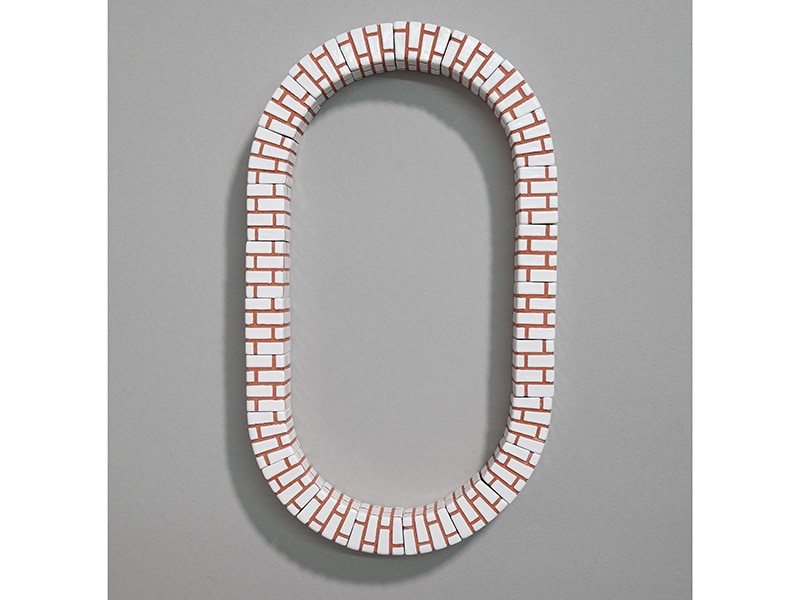
What did you do to prepare?
I make a list of artists early in spring and let them work on it and check every two months and select the work. And with that, I made a brochure for collectors and visitors.
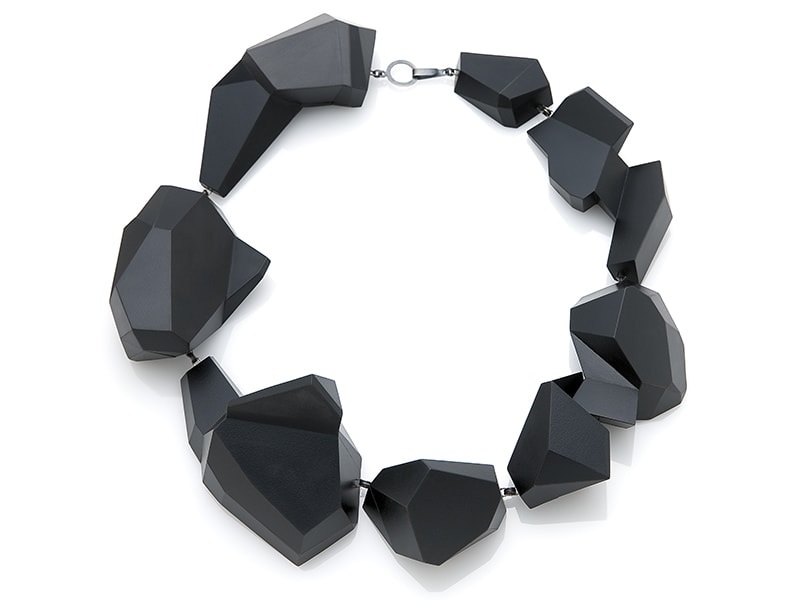
What are some of the challenges of being outside the European Union and bringing in work and exhibition material?
My gallery is located in Seoul, Korea. My challenge to bring the work to the EU is the cost. To import and deport transportation takes €9,000. I tried to bring it myself last year and it was hard to pass customs, and too much work physically.
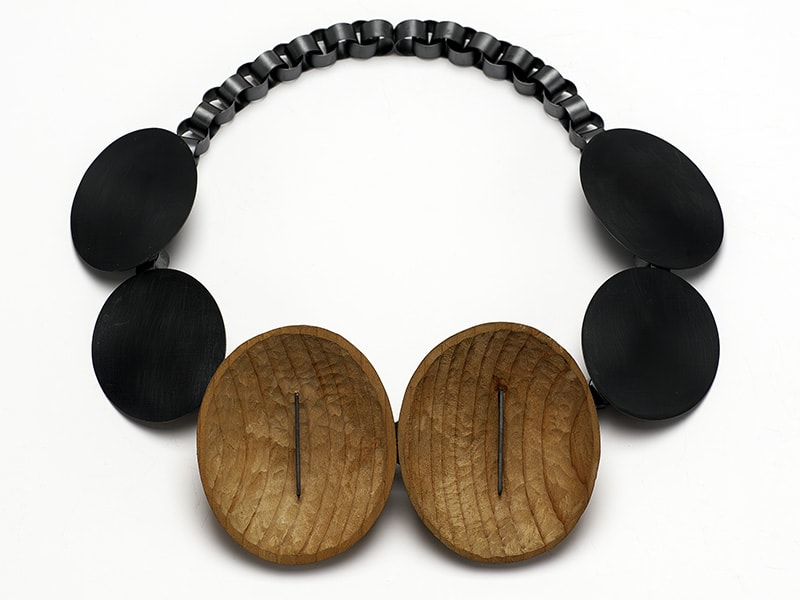
Is there anything you would recommend to other galleries that may be considering showing at Frame?
There is not much because I am more of a beginner, but what I learned is galleries need to present new work every year.

TINSEL GALLERY, JOHANNESBURG, SOUTH AFRICA, THIRD TIME ATTENDING
What made you want/decide to show at Frame during Schmuck?
We had been wanting to show internationally for a long time but hadn’t had the courage/money/lack of small children to make it happen. But then Marie-José van den Hout, from Galerie Marzee, suggested we show at Frame in 2019, and we started to think seriously about it. We didn’t show that year because it wouldn’t have been enough time to pull it all together, but we did go and visit to see what it was all about and that was a great experience. You don’t quite get how intense and overwhelming and inspiring Munich Jewellery Week is until you’ve actually been there. For the first time, we felt like a real part of the art jewelry community, which we had been so isolated from, and it was a real joy. The reason we chose Frame specifically as a platform to exhibit on was because it simplifies things in terms of organization, especially the first time you’re showing work in a foreign country, and also because it is very well situated—it’s next to the incredible Schmuck show, so you’re in the best possible position to maximize your exposure to the international audience that comes to see it.
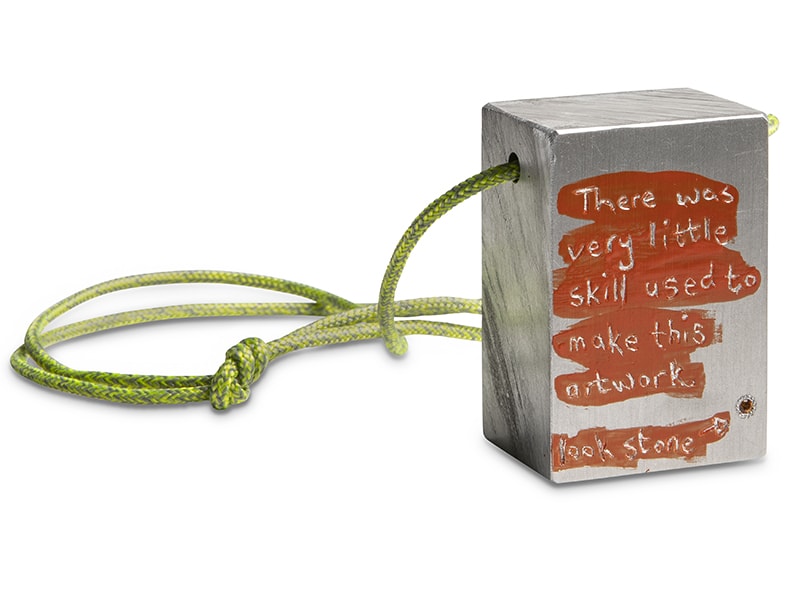
What makes your approach unique at Frame?
For starters, we show work from South African artists who are not well known outside the country, so I think that makes it interesting for viewers. We also often do things a bit differently—we like to put color on the walls of our booth so it’s not just a white cube, and we have to get creative with the display of the pieces because we can’t send cabinets, etc., from home.
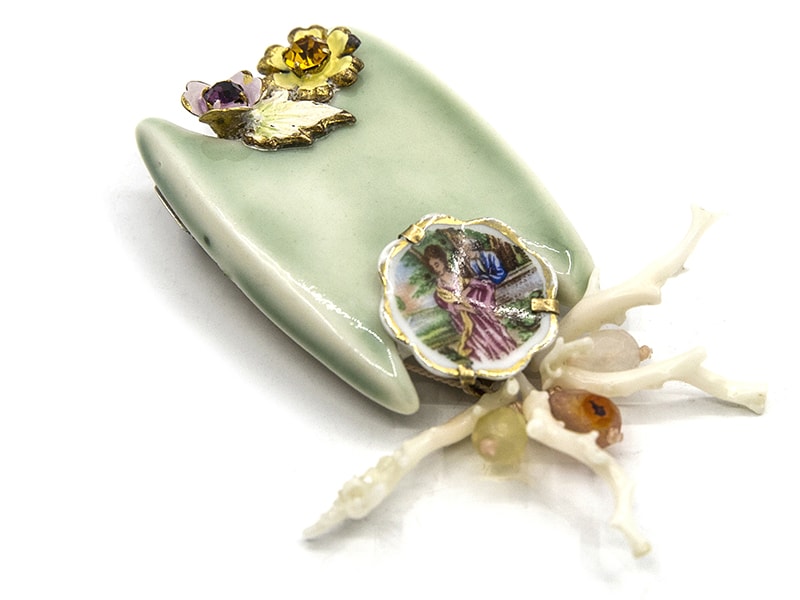
What are some of the challenges of being outside of the EU and bringing in work and exhibition material?
We are in Johannesburg, South Africa. It is pretty challenging to exhibit in Europe, mainly because it is very expensive to send stuff there, so we have to carry everything we need with us. This year has been our third year at Frame, and things have definitely become easier. Now at least we know where the closest hardware store is, and we have made friends who also exhibit there who could help us in a bind, so that makes it more comfortable. Our main challenge is the depreciation of our local currency, the rand, which means that every year it gets a bit more expensive for us to be there.
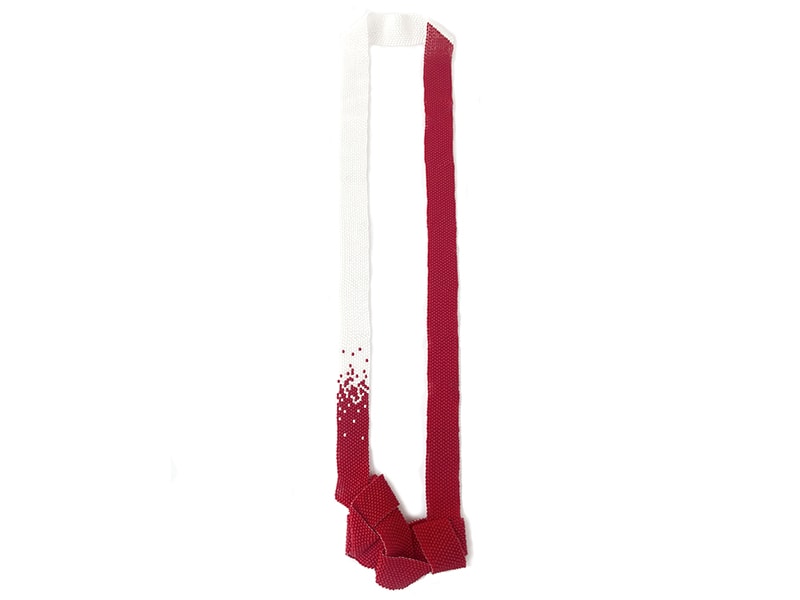
Is there anything you would recommend to other galleries that may be considering showing at Frame?
Do it! If you can afford it, it’s great exposure for your gallery and the artists you represent. You will never make as many contacts in the field of art jewelry at home as you will in five days of meeting and talking to people face to face at Frame. It can be exhausting, but it’s really worth it. Also, don’t see it as a one-off—you might only see good results in terms of sales after being there consistently two or three years in a row—and don’t approach it as a money-making operation. Yes, it’s great to sell work, but it’s even more valuable to make connections and nurture relationships that will lead to future opportunities.
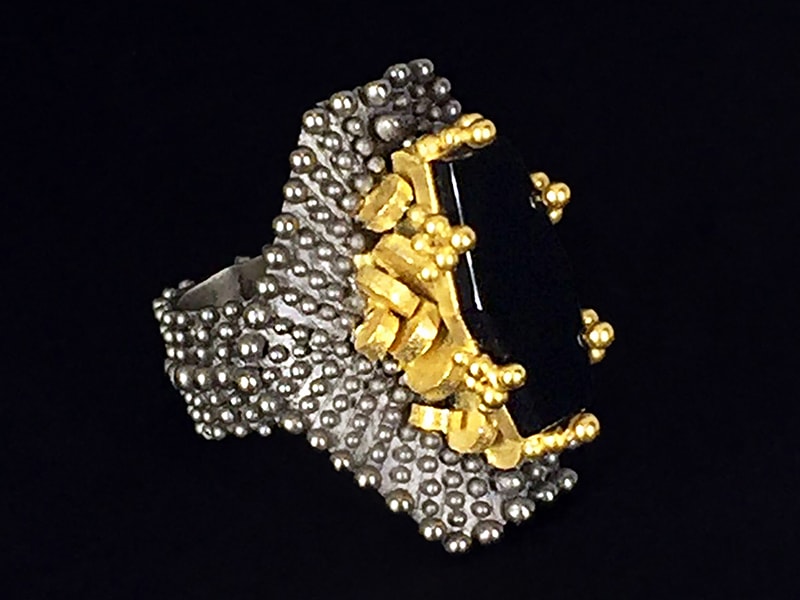
We welcome your comments on our publishing, and will publish letters that engage with our articles in a thoughtful and polite manner. Please submit letters to the editor electronically; do so here.
© 2024 Art Jewelry Forum. All rights reserved. Content may not be reproduced in whole or in part without permission. For reprint permission, contact info (at) artjewelryforum (dot) org
